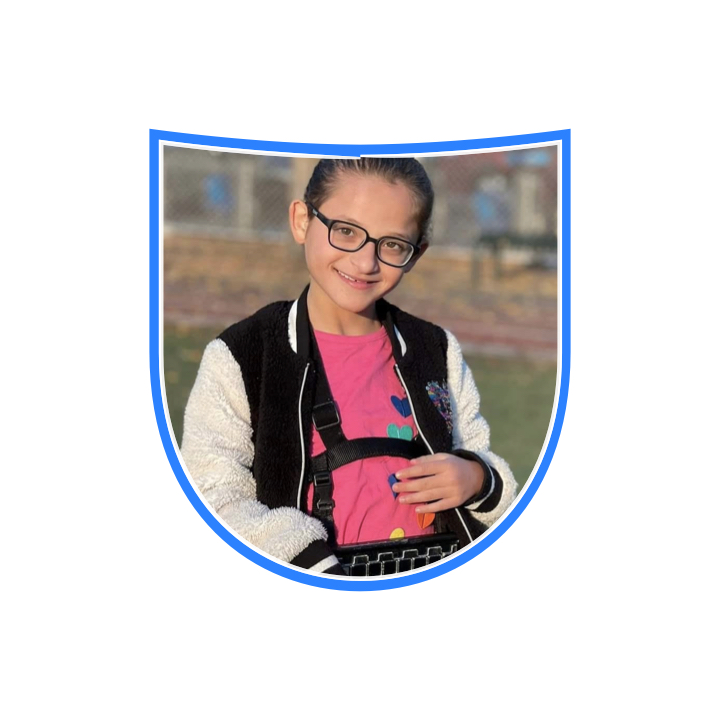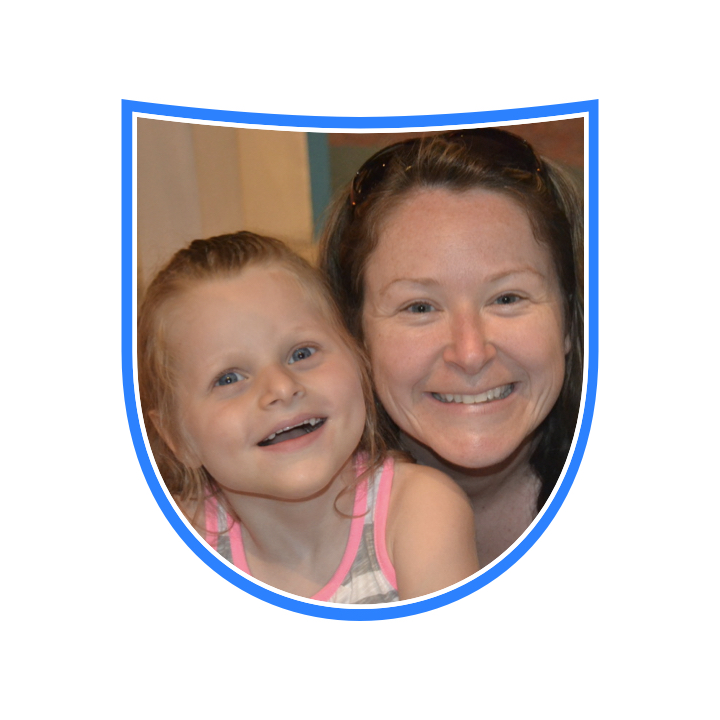The Academic Career and Essential Skills/Integrated Collaborative Training (ACES/ICT) inclusion program started as a conversation among a group of Moms in New York City regarding their children with Angelman syndrome (AS). Collectively, they talked about the future and what their kids would require to maximize their educational experience. They knew their children would be candidates for the most expensive special education schools but they felt that was not the right environment for their kids. Individuals with Angelman Syndrome (AS) are often very social, thus there was a strong feeling on the part of these Moms that their children needed to play with and learn from typical peers as part of their educational experience. Eve Colavito, Mom to ACES student Vivian, noted, “We wanted to create a place where everyone’s gifts and talents are celebrated and valued. A place where learning is accessed in different ways and evidence of learning can be produced in different ways in order to meet the needs of the learner”.
In her efforts to identify opportunities for her child, one Mom had found the ACES program, which at the time was operating as a self-contained classroom in Public School 15 in Brooklyn. She looked at the program, but it did not offer the inclusive environment she felt her child needed. Through outreach and communication by these AS Moms regarding the potential for an inclusive version of the ACES program, it became clear that the school had already identified a need for an integrated education setting. With the partnership of parent advocates, the school was able to convince the district as well as the Department of Education to fund the ACES/ICT in 2018.
The ACES/ICT program has grown to include students from kindergarten through 3rd grade. Each class is staffed by a general education teacher, a special education teacher as well as 1:1 paraprofessionals for some students. According to the school, “ACES students are classified with an intellectual disability or multiple disabilities, and require specialized instruction”. Generally, each class has 4 students in the ACES program and 13 typically developing peers. Everyone is exposed to the same curriculum and the special education teacher takes the content and adapts it to meet the individual needs of the students. “We strive to have a setting where all of our children are learning together and learning from one another and embrace one another’s unique qualities.” says Rachel Marks, special education teacher.
Each classroom uses a variety of technology to help the students access the curriculum, engage and communicate. Augmentative and Alternative Communication (AAC) is a notable strength of the program and AAC use is supported throughout the whole day with an emphasis on modeling AAC communication by teachers and staff. Communication and inclusion supports are embedded in the program in a variety of ways. During morning meeting, as the class discusses the calendar and weather, AAC symbols will be posted on the board to help the ACES students find relevant language on their device. This supports participation in the lesson and discussion. Staff may use strategies such as mirroring a talker to SmartBoard while the student sits with a peer. Students may participate in a literacy activity with the use of an alternative pencil or adaptive keyboard to help address the thier motor planning needs. There is even a giant AAC on the playground.
Therapies may be one on one or in a group setting. For example, a Speech Language Pathologist (SLP) may participate in a reading lesson in the classroom targeting key skills for students in the ACES/ICT program. AAC users participate in groups where they play games and practice their language skills in a more social setting. All students attend subjects like art and music outside of the classroom. ACES students have access to a sensory gym for adaptive PE with a Physical Therapist.
On starting an inclusive educational program, the ACES/ICT team cites professional development and open communication as keys to success. The teachers felt they were supported in exploring learning opportunities to best adapt the curriculum and support complex learners. Staff attended a comprehensive literacy seminar geared toward learners with complex communication needs to learn practical literacy instruction for their students. SLPs were brought into the classroom to provide staff AAC implementation instruction. “Learning and implementing these new methods takes time and you have to be patient with yourself” says Marks.
Adopting new and often high tech strategies can be expensive and the parents did their part in fundraising for equipment for the classroom. Families with children participating in ACES/ICT are invested in the program and work collaboratively with the school to best support each individual and to ensure consistency across home, school and community settings. The school and families work together to identify resources and areas of support for the kids. By all accounts, the students are having an amazing experience and perhaps learning more from their peers than they could from the adults alone. “They are learning to problem solve from one another.” says classroom teacher Catherine Lipkin. “It’s beautiful just to sit back and watch the kids play together and learn from each other and get to know one another.” The ACES/ICT program is currently enrolling students from kindergarten to grade 3. Plans to begin 4th and 5th grade classes are underway and the school is currently looking for a middle school to host an integrated program. You can view Angelman Academy’s Q&A with parents and teachers from the ACES/ICT program on our Youtube channel For more information about the program please contact Rachel Marks .
Read less...



